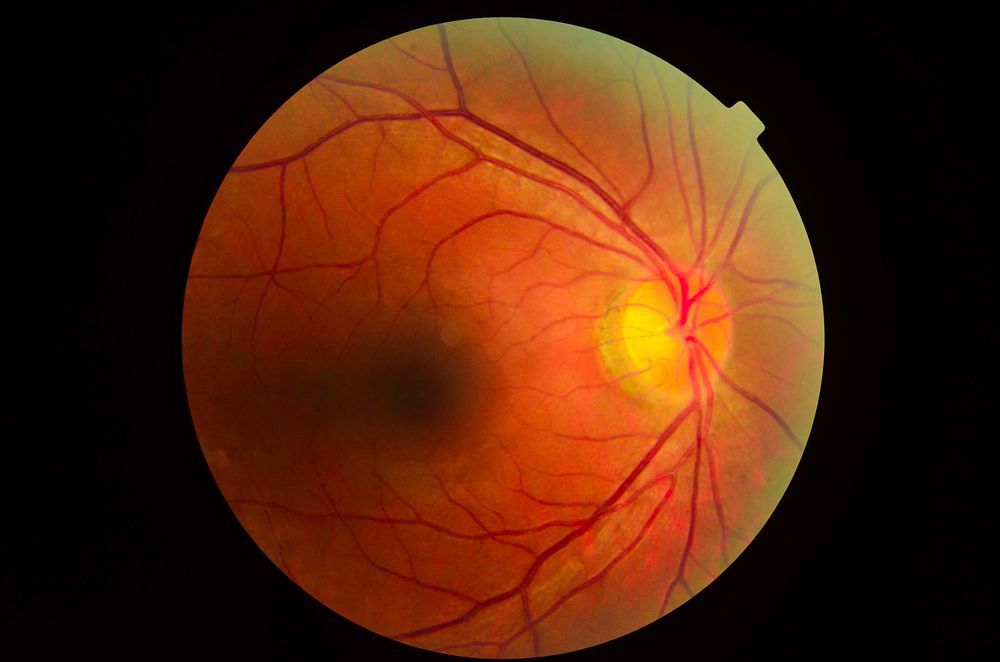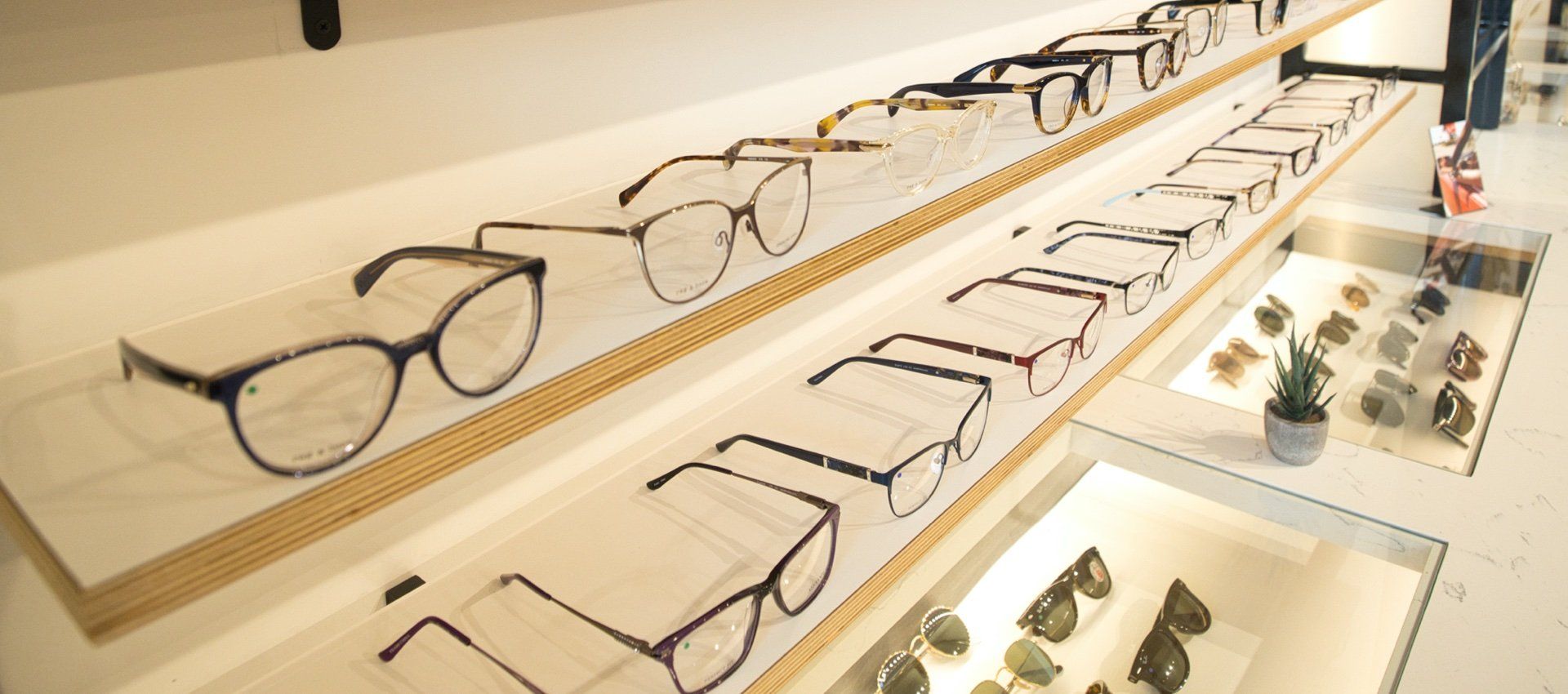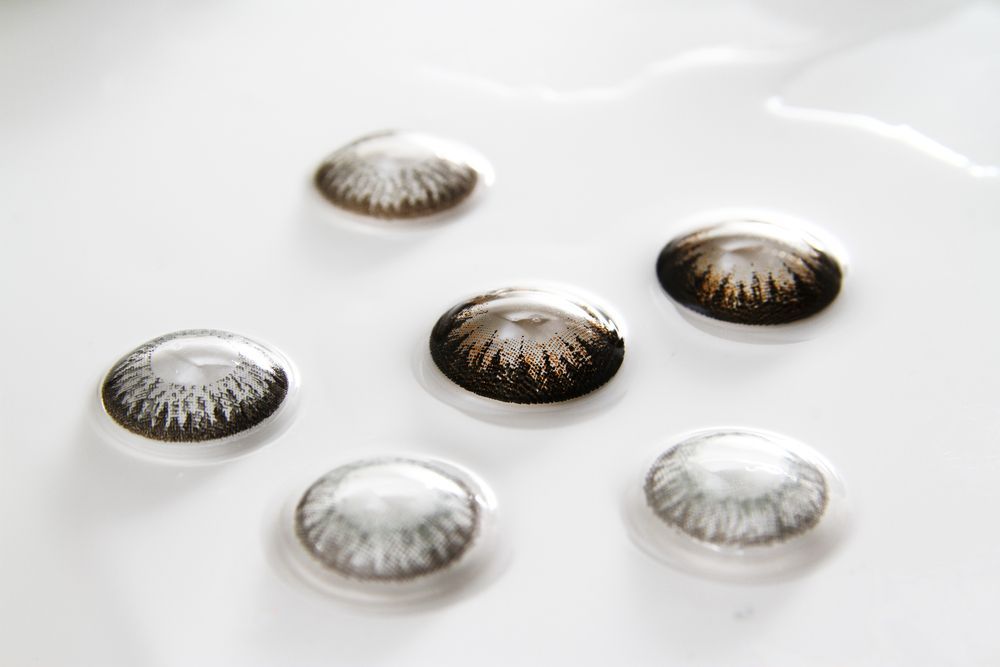It happens to everyone eventually. You sit down, ready to enjoy a delicious meal at your favorite restaurant—the one with the perfect dim lighting and cozy ambiance. As you glance over the menu, you find yourself squinting and moving the menu closer and farther away, searching for that elusive sweet spot where the text becomes clear.
What used to be a simple task now feels like a Herculean effort.
As we age, our bodies go through numerous changes, and our eyes are no exception. One common vision problem that many people experience as they get older is presbyopia. Unlike other refractive errors like nearsightedness or farsightedness, presbyopia is an age-related condition that affects nearly everyone over the age of 40. Understanding presbyopia and its impact on vision can help you manage this condition effectively and maintain a good quality of life.
What is Presbyopia?
Presbyopia is the gradual loss of your eyes' ability to focus on nearby objects. It is a natural part of the aging process and occurs as the lens inside the eye becomes less flexible. This reduced flexibility makes it harder for the eye to change its focus from distant to near objects, resulting in blurred vision when looking at things up close.
Symptoms of Presbyopia
The symptoms of presbyopia typically become noticeable in the early to mid-40s and may include:
- Difficulty Reading Small Print: You might find yourself holding books, menus, or smartphone screens further away to read them clearly.
- Eye Strain: Prolonged close-up activities such as reading or sewing may cause eye strain or headaches.
- Blurry Near Vision: Objects that are close up appear blurry, while distant objects remain clear.
- Frequent Changes in Prescriptions: You may notice the need for stronger reading glasses or bifocals as time goes on.
Diagnosis and Treatment
Presbyopia is usually diagnosed through a comprehensive eye examination. Your eye care professional will assess your vision and determine the best corrective measures for your needs. Several treatment options are available to manage presbyopia:
- Reading Glasses: For those who do not need vision correction for distance, over-the-counter reading glasses can help with near tasks.
- Bifocal or Progressive Lenses: These lenses have multiple focal points to correct both near and distance vision. Progressive lenses offer a gradual transition between different focal points.
- Contact Lenses: Multifocal contact lenses or monovision correction can help manage presbyopia for those who prefer contacts over glasses.
- Surgical Options: Procedures such as LASIK, conductive keratoplasty, or lens implants can offer more permanent solutions for some individuals.
Lifestyle Adjustments
In addition to corrective lenses or surgery, certain lifestyle adjustments can help manage presbyopia effectively:
- Good Lighting: Ensure adequate lighting when reading or doing close-up work to reduce eye strain.
- Frequent Breaks: Take regular breaks when performing tasks that require prolonged focus on close objects. Follow the 20-20-20 rule: every 20 minutes, look at something 20 feet away for at least 20 seconds.
- Healthy Diet: A diet rich in vitamins and antioxidants can support overall eye health. Foods like leafy greens, fish, and fruits are beneficial.
Embracing the Change
While presbyopia is an inevitable part of aging, it doesn't have to impact your quality of life. With the right corrective measures and lifestyle adjustments, you can continue to enjoy clear vision and maintain your daily activities without significant disruption.
Schedule an Eye Exam Today
If you're experiencing symptoms of presbyopia or it's been a while since your last eye exam, it's time to schedule an appointment. Regular eye exams are crucial for detecting and managing presbyopia and other age-related vision changes. At Blake Bush Family Eye Care, we offer comprehensive eye care services tailored to your needs.











